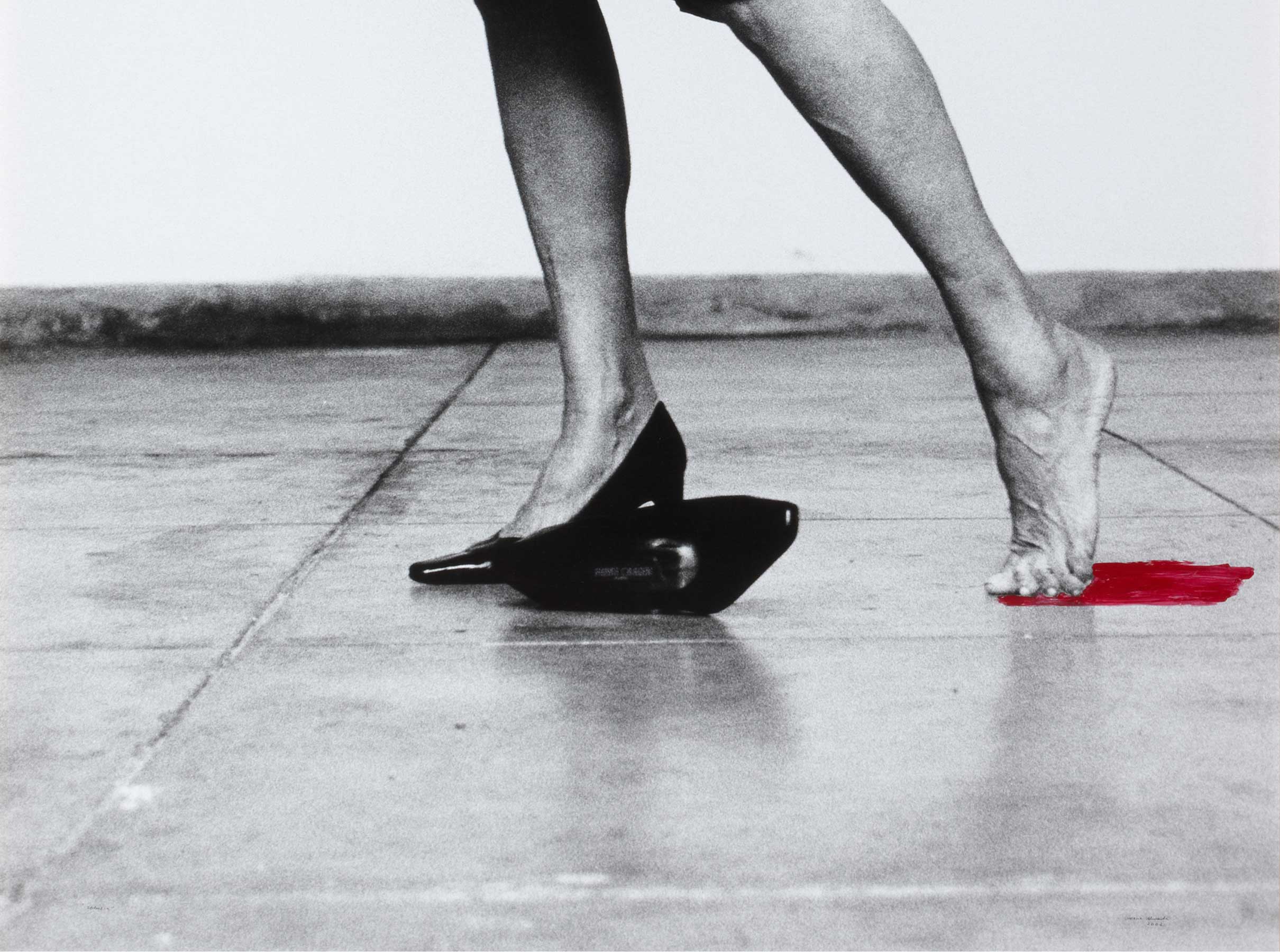Melanina [Melanin]
- 1992
- Acrylic, pigment and urethane on polyester fabric (Diptych)
- 126,2 x 247,2 cm
- Cat. P_522
- Acquired in 1992
Light, transparency and colour are the fundamental aspects in any analysis of the paintings of Prudencio Irazabal, particularly from the middle of 1993, when he established the basic style for which his work is known today. His works Untitled 1Z3 (2004) and Untitled #23N (2013-2014) date from that period. They are fully abstract canvases where the image is blurred using digital tools. The surfaces of Irazabal’s paintings may be reminiscent of computer screens, though the path that he takes does not involve digitalisation, but rather engagement with painting and its history and analysis of the medium of acrylics and its new possibilities in terms of light. These media generate the illusion of a penetrating gaze that enables viewers to nearly feel the material nature of the medium. This gives them an object-like nature, more three- than two-dimensional, which is evident in his decision not to frame the work, so that the side of the supporting frame becomes part of the composition.
Apart from these works from the artist’s heyday, the Banco de España Collection also owns others from an earlier period which contain pointers to the origins of Irazabal’s aesthetics. The title of Melanin (1992) refers to his interest in the material surface of the work in relation to colour: melanin is the pigment that provides certain cells with colour in vertebrate animals and is particularly important in the colour of the hair or skin. That explains this aspect of flayed and exposed skin through which the back of the medium can be seen. Melanin is a diptych depicting different degrees of pigmentation of the skin. It is historically important, as it is part of a series of works by Irazabal with titles referring explicitly to skin, including Marsyas, Circulatory System, Dermos, L’Ecorché, A Pattern of Pores, Hyde Painting, Lifting, Skinning, Dissection and Carotene. During that period, he used materials that allowed him explicitly to individualise the film of paint as a quasi-autonomous element of the medium. These works, including Melanin, emerged from the huge impact of the images of police brutality to Rodney King in the US in March 1991 and the non-guilty verdict the following year. That ruling immediately led to great unrest and the looting of the South Central area of Los Angeles, which yet again brought racial conflicts to the fore. Between 1995 and 1996 some of these works were part of the ‘In The Flesh’ exhibition at the Aldrich Museum of Contemporary Art (Ridgefield, Connecticut, USA) and at the Freedman Gallery (Albright College, Reading, Pennsylvania, USA).
The rather later Cross-Section1994/846 and Cross-Section1994/848 (both from 1994) came from cross sections of a block of paint made out of thick coats of acrylic and dry pigment and then encapsulated in a bloc of resin: a vivisection of paint, a biopsy converted into a vertical object in which the thickness of the layers changes (indiscernible in a painting in its conventional state) in a type of sculptural totem that reveals features that cannot usually be seen in a painting.
Other works by Prudencio Irazabal

![Melanina [Melanin]](/f/webca/INF/assets/img/fff.png)